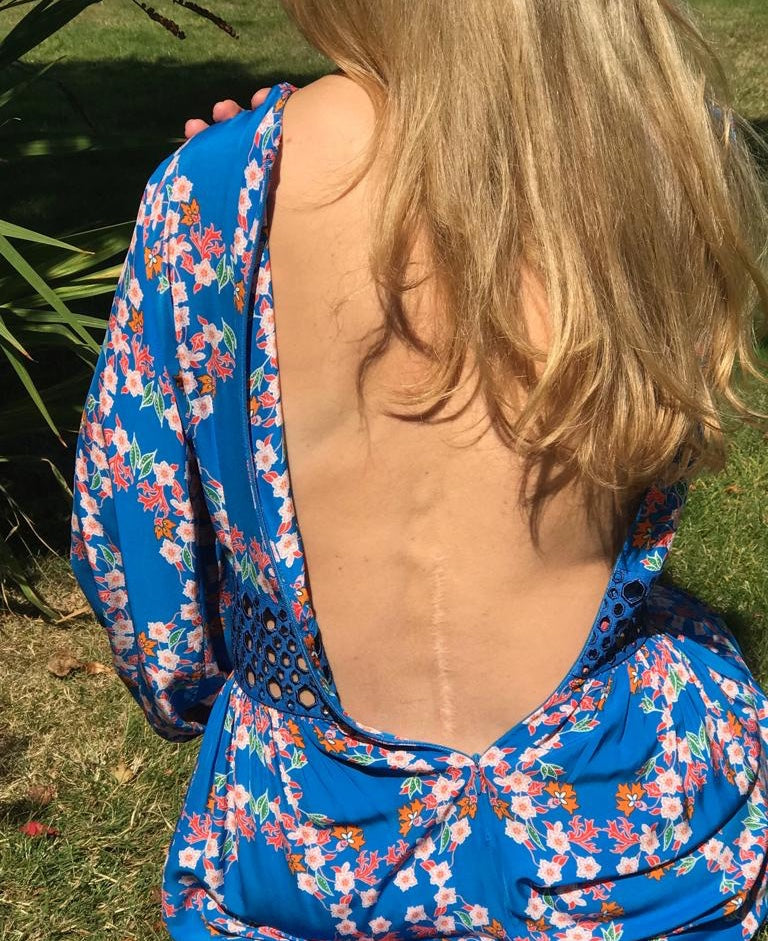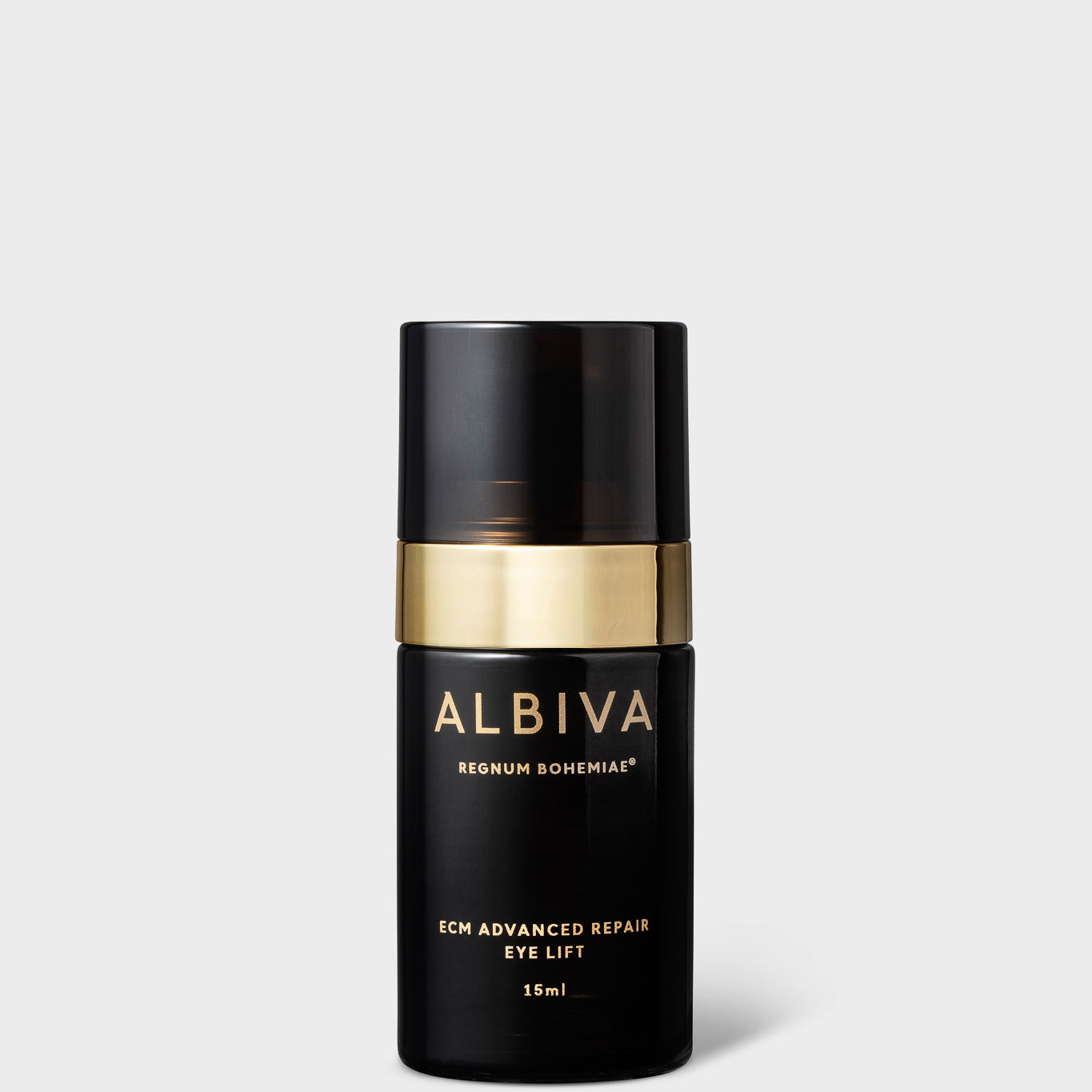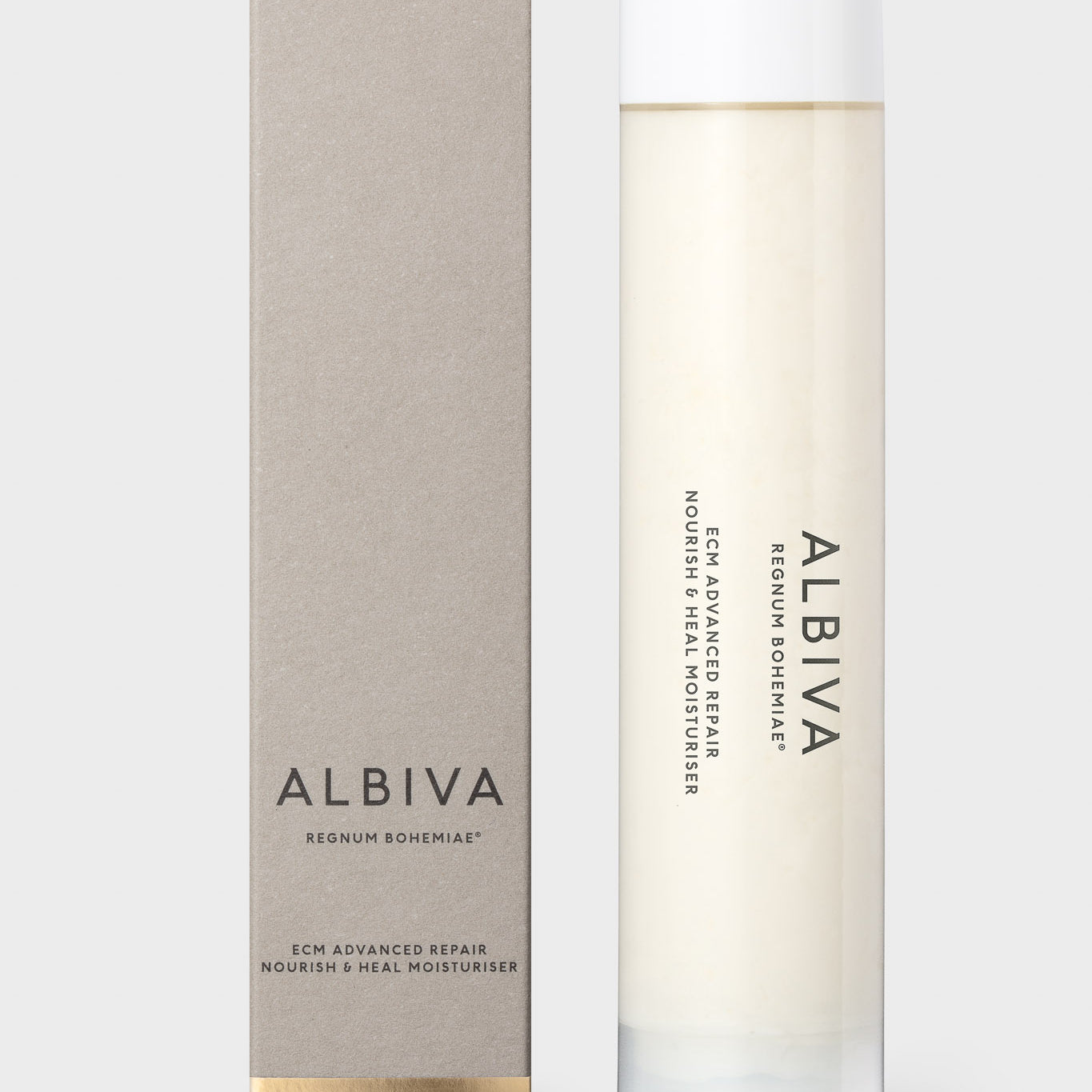Scars – How Do They Form And How To Treat Them?

Today I'd like to talk about scars. Those that have read my story know I underwent an extensive spinal surgery to remove a tumour from my spinal canal, resulting in a scar that made me feel ashamed for many years after. We often talk about perfect skin, but whether your scars develop after surgery, trauma or even minor inflammations arising from folliculitis or acne, scarring can affect our quality of life.
It is important to know how to look after scar tissue and what the differences are to the healthy skin.
How scars are formed.
Scar tissue is the end product of wound healing. But while the tissue that makes up a scar is made of the same stuff as normal skin – a protein called collagen, primarily – it looks and feels different. While we typically think of healing as replacing damaged tissue with healthy tissue, the body doesn’t form tissue that was identical to what was originally lost.
Scar tissue formation occurs in four distinct phases.
The first phase occurs immediately after trauma. Blood clotting begins almost instantly and kicks off a massive inflammatory response. Immune cells flood the region to clear bacteria and debris, while cells called keratinocytes in skin’s outer layer divide rapidly in a race to close the wound and prevent infection.
The second, granulation phase is characterized by an increased vascularity, essential to ensure proper nutrition to meet the metabolic needs of the healing tissue.
Next, the wound begins to fill. Cells known as fibroblasts migrate to the damaged area and churn out collagen and other proteins that provide tissue with structure.
The final phase of scar tissue formation is the maturation phase. Collagen matures, solidifies, and shrinks during this phase.
However, rather than slowly build skin the usual way, scars are the work of the body's rapid response team. In healthy tissue collagen has a cross-weave structure, whereas in scar tissue it is aligned parallel to the skin surface. That’s because evolution has selected speed over perfection, survival over aesthetics.
How scars are different to healthy skin.
Scars are different than the normal tissue. They’re made up of kind of a collagen that bridges the gap and fills the space in, but it is not a like for like.
Newly formed scar tissue has a stratum corneum that is dysfunctional, with a weak barrier leading to increases in water loss and skin dryness. Apart from the reduced barrier function, scar tissue lacks the strength and elasticity of normal skin. The ECM (Extracellular Matrix) in normal skin contains more elastin fibres compared to the scar tissue, therefore scar tissue behaves less elastic.
Scar tissue also lacks some functions of normal skin, including melanisation, sweating, and oil secretion, as the scar tissue does not have hair follicles and sebaceous glands. The pigmentation also differs from that of normal skin.
Hydration is essential in scar management. Dehydrated scars are often itchy and painful due to the impaired epidermal structure. Beyond hydration, there is a range of treatments and natural remedies available that can dramatically improve both the depth and appearance of scars (including acne scars).
Treatments
Amongst the many treatments available for scaring are lasers, microneedling, peels, dermabration, injection treatments and even surgical revision. All of the treatments will need to be repeated several times, in order to see results, as they all work by re-injuring the scar tissue forcing it to repair again.
Topical treatment incudes silicone gel sheets, topical personal care products containing plant extracts that enhance skin barrier repair and reduce inflammation.
What to look for in a product.
I have used various combinations of the following ingredients on my scar, and I have included all of these in Albiva’s ECM Advance Repair range:
- Plant extracts and oils rich in oleic and linoleic acids (Evening Primrose, Rosehip Seed oil, Olive oil, Prickly Pear oil, Grapeseed oil, St. John’s Worth extract)
- Vitamins B3 (Niacinamide) & B5 (D-Panthenol)
- Botanical silicones
- Ceramides combined with vitamin E and fatty acids
As my scar goes deep, it affected my muscles and nerves and impaired my ability to move. I have found massage therapy and myofascial release particularly helpful. Massage therapy involves manipulating the scar tissue that’s under your skin to lessen the tightness and restriction of movement, whilst myofascial release works with the fascia to rehydrate the connective tissue and as a result, the muscles and ligaments.
When choosing a therapy that will have the greatest impact on a scar, it is important to consider the scar type (not covered in this article) in conjunction with the treatment timeline. It also needs to be established what the treatment aims to achieve. Is it focused on reducing the volume, thickness and texture of scars, or relieving symptoms such as itching, redness and dryness. Scars are complex. To treat you safely and effectively, it’s important to consult a dermatologist.
I'd ensure to always use an all-round sunscreen and to avoid direct sunlight on the areas of scarring.
Ivana x
References:
https://www.ncbi.nlm.nih.gov/pubmed/14648065?dopt=Abstract
https://www.sciencedirect.com/topics/medicine-and-dentistry/scar-tissue
http://www.bbc.com/future/story/20161007-why-is-scar-tissue-different-to-normal-skin
https://www.nature.com/articles/d41586-018-07430-w
https://www.cosmeticsbusiness.com/news/article_page/What_is_scar_tissue/155410




